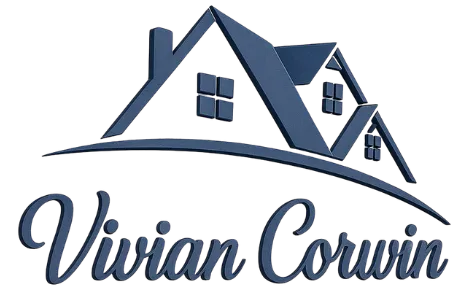
Your Local Florida Real Estate Agent
My focus is to help you sell your house faster, for more money… and help you
find and buy the perfect home with less hassle. Learn how I do it…

Do You Want To Buy or Sell A
Property In Pace Florida?
Find out how Vivian Corwin will provide an exceptional buying or selling experience!
Hiring a professional REALTOR®
is the most important step when buying a home. Vivian will represent you, work in your best interest, educate you about the real estate home-buying process, and provide her negotiating experience to get you the best home.
If you want to sell your
Pace Florida House
Vivian can help you sell your house for the highest price, making the process simple and effortless for you. She offer unique marketing services that the competition can’t compete with. She knows how to get your house in front of the right buyer at exactly the right time.

Vivian Corwin | Realtor SL#3406257




Top Neighborhoods to Buy a Home in Pensacola Area, FL: A Complete Guide
Discover what it's really like to live in Pensacola, FL—from beautiful beaches and affordable living to hurricane risks and traffic. Here's what you need to know before making the move in 2025. Great ... ...more
pensacola
December 16, 2025•2 min read

Why Winter is the Best Time to Buy a Home in Pensacola Area, Florida
Discover what it's really like to live in Pensacola, FL—from beautiful beaches and affordable living to hurricane risks and traffic. Here's what you need to know before making the move in 2025. Great ... ...more
pensacola
December 11, 2025•2 min read

Living in Pensacola, Florida: Pros and Cons in 2025 (What to Know Before You Move)
Discover what it's really like to live in Pensacola, FL—from beautiful beaches and affordable living to hurricane risks and traffic. Here's what you need to know before making the move in 2025. Great ... ...more
pensacola
August 07, 2025•3 min read
When you work with Vivian Corwin she will…
Provide you with the peace-of-mind less experienced Pace Florida Realtors lack.
Treat you with the honesty and respect you deserve. She takes a sincere interest in every client she works with.
Provide you with the data and analytics so you can make a smart decision about buying or selling a Pace Florida house.
Avoid all of the costly mistakes that often pop up with difficult transactions.
Listen to your goals and preferences, putting your best interest at the forefront of all we do.
FREE MARKET SNAPSHOT
Considering selling your home? Now is the best time to sell. Find out what your home is worth today.
FLORIDA HOMES
Looking for a home in the panhandle Florida? Search available listings and experience buying a home with our amazing buyer’s agents.
VIVIAN CORWIN REALTOR
Why work with me?
See how I can help you achieve your real estate goals.
Give me a call today to chat about your real estate goals!
Learning About Real Estate

WHAT MY CLIENTS ARE SAYING
"Vivian helped us purchase the perfect home for our family!"
The home was a short sale, and the process ended up being extremely complicated due to the seller living in the Philippines. Vivian was there for us every step of the way! She is a wonderful real estate agent, and we are so thankful that we had her help throughout this process! She went above and beyond in every aspect. She is truly one of a kind in the world of real estate!!
-Bobbi Jones
"Vivian helped us find our new home while we were several states away!"
She was patient with all my questions, quick to respond, and very flexible with her time. Once our offer was made, she made several trips to the house to check on progress. We are so thrilled we found her!!
- Jennifer Rennekamp
"Vivian is by far the greatest realtor."
I've had the pleasure of working with, not only was she available through my military retirement, but was also incredibly diligent, helpful, but most of all PATIENT. my process took so long, and she was very gracious, listening attentively to all my wants and needs. She also provided an incredible amount of information, not only about the home, but also the neighborhoods, schools, shopping, and anything else I may have needed. I know I will be using her services for future purchases as my family, and I grow in our home.





